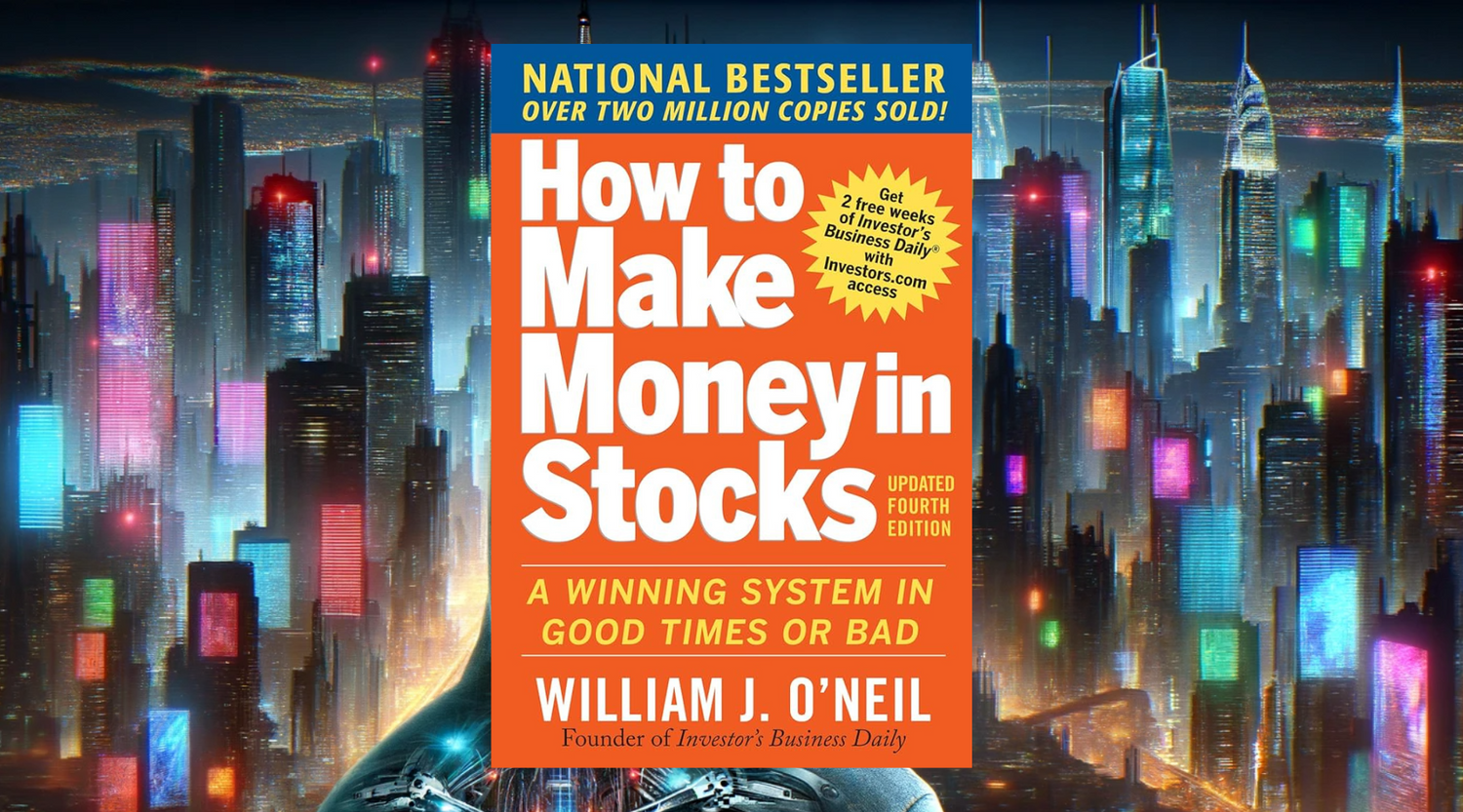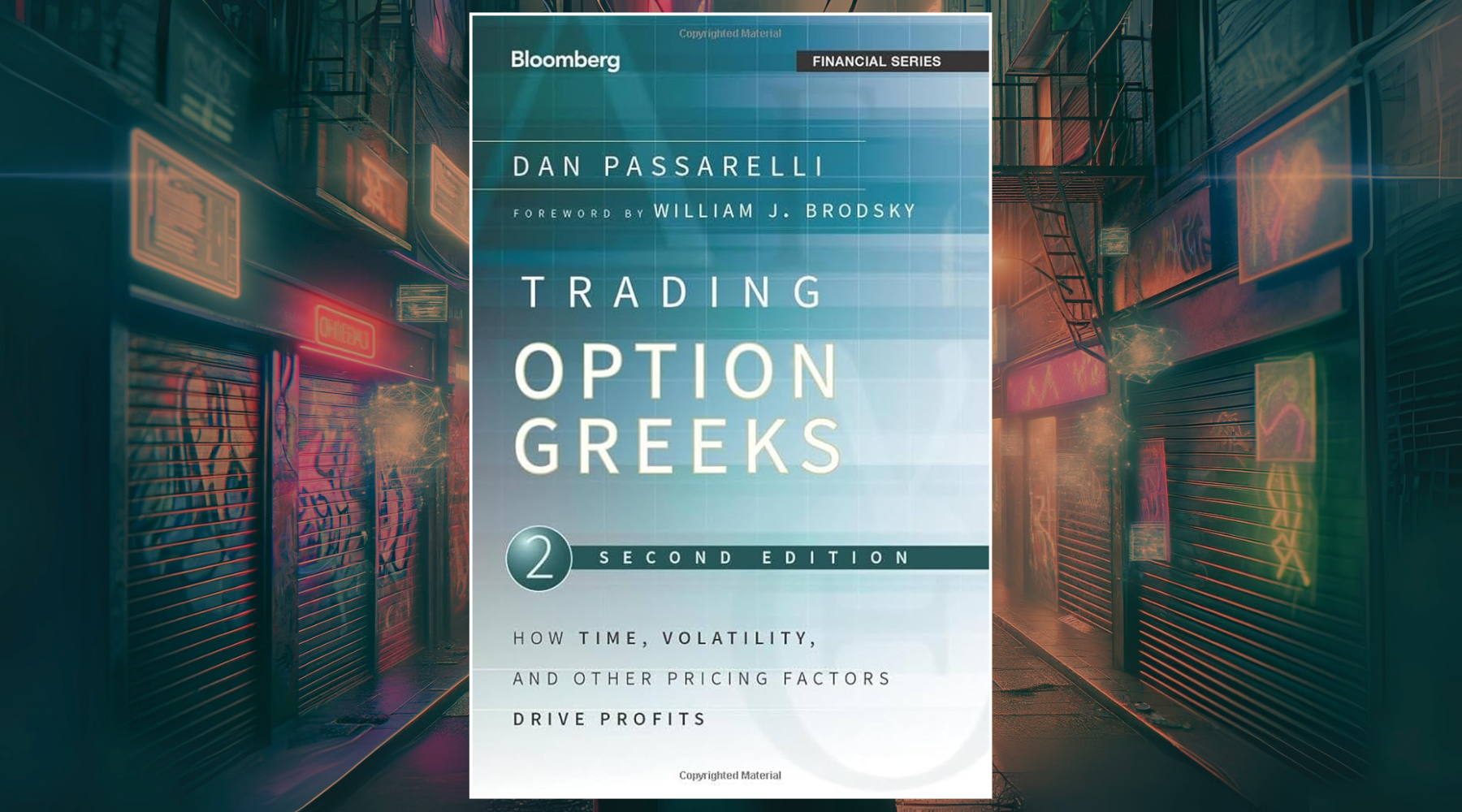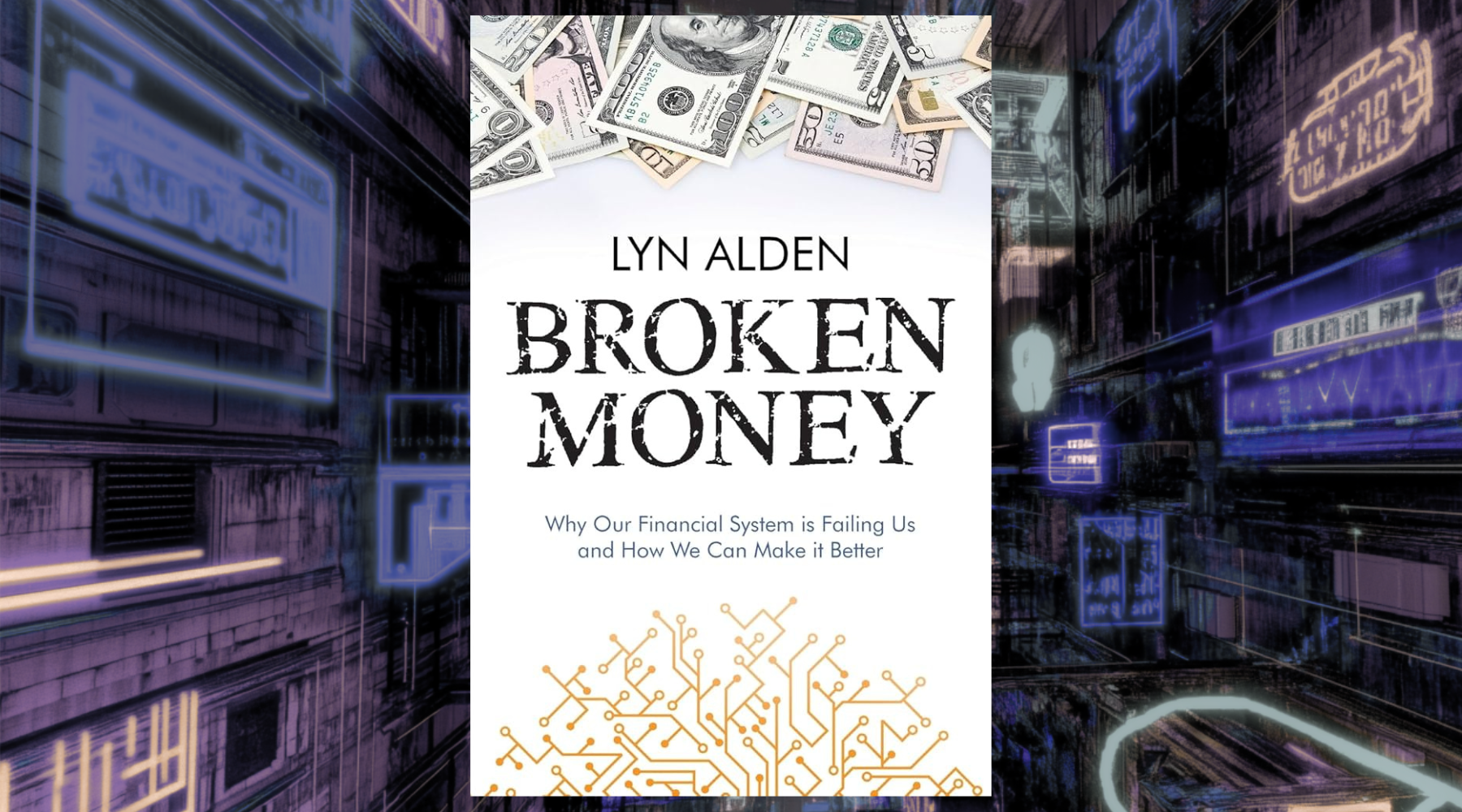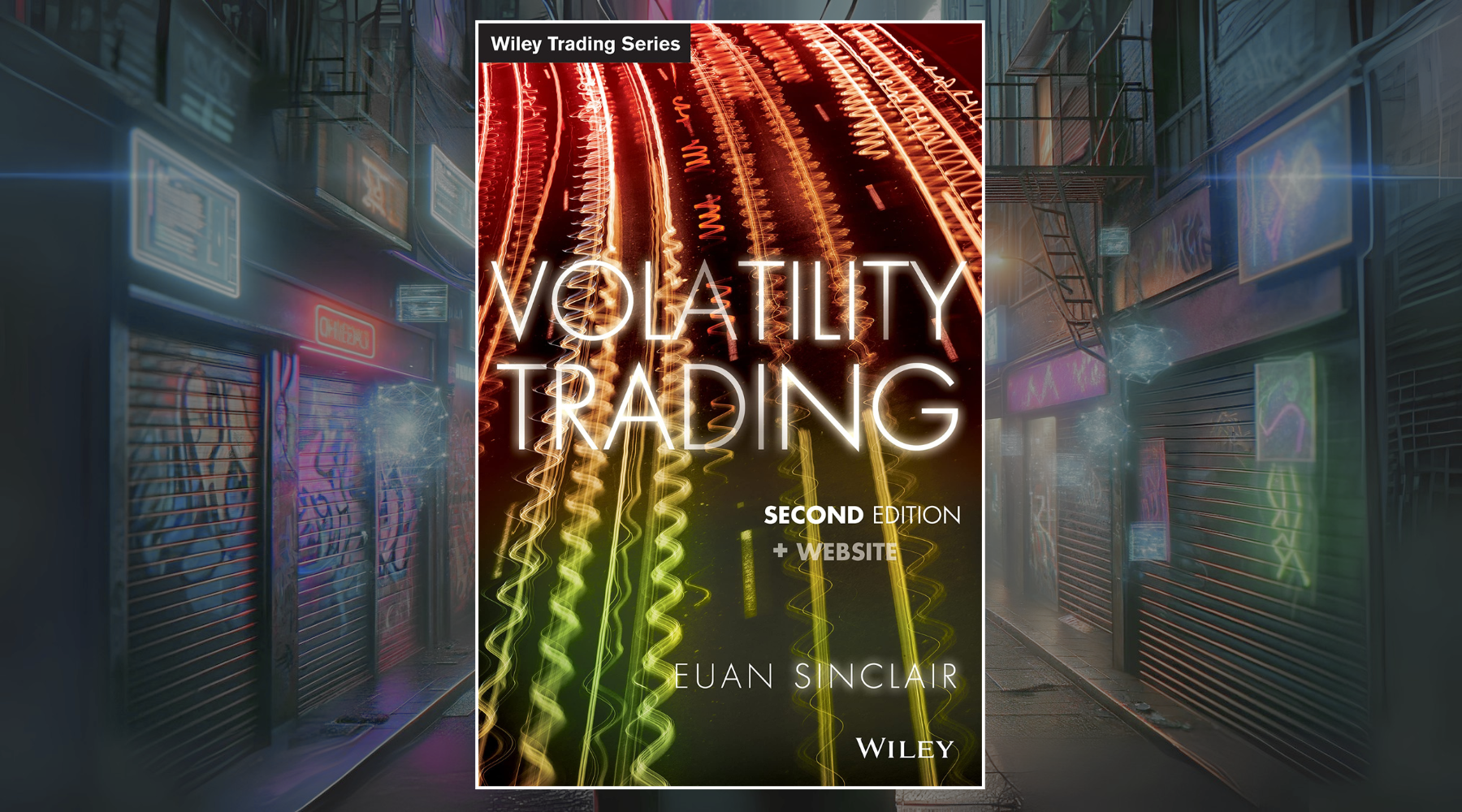How To Make Money In Stocks by William O’Neil
"How to Make Money in Stocks" is William O’Neil’s detailed guide to his system for finding and trading growth stocks. The book explains how he looks for stocks and what specific things he checks before deciding to buy or sell. Many of the insights come from a study O’Neil did called "The Record Book of Greatest Stock Market Winners," which looks at the top 500 performing stocks from 1953 to 1985. O’Neil breaks down the common traits of these successful stocks and shares the tips and lessons he’s learned from this analysis.
This book is on my list of the all-time best investing books.
About the Author: William O’Neil

William O'Neil is a famous American investor and author, best known for creating the CAN SLIM investment strategy. He founded the investment firm William O'Neil & Co. Inc. in 1963 and also started the Investor's Business Daily newspaper in 1984. His CAN SLIM method, which looks at both technical and fundamental factors, has helped investors find high-growth stocks and achieve significant returns.
C-A-N S-L-I-M
O’Neil’s thesis for investing comes from his formula he calls CAN SLIM. Each letter stands for one of the seven key characteristics that all the great winning stocks had just before going on huge profitable runs. The C-A-N S-L-I-M strategy is what this book is based on and it’s William O’Neil’s strategy summarized in this easy to remember formula for picking growth stocks. The first 7 chapters of this book are each devoted to one letter of this formula.

C = Current Quarterly Earnings Per Share: How Much Is Enough?
The most important of all indicators, increased quarterly profits compared to the previous year. O’Neil emphasizes that in his study of the 500 top-performing stocks over the past decades, the standout factor was significant increases in quarterly profits compared to the same quarter the previous year, just before their major price surge.
This is such an important factor that O’Neil recommends that you not buy any stock that isn’t showing earnings per share up at least 20% compared to the same quarter the previous year. There are thousands of stocks in the market, so he sees no point in buying a stock with poor earnings and a lowered price just because you think it will bounce back. Instead, focus on stocks that are looking like they are headed in the right direction at the moment.
“The common stocks you select for purchase should show a major percentage increase in the current quarterly earnings per share (the most recently reported quarter) when compared to the prior year’s same quarter… The percentage increase in earnings per share is the single most important element in stock selection today.” ~ William O’Neil, How To Make Money In Stocks
Summary: Current quarterly earnings per share should show a significant increase, ideally between 20% and 50%, compared to the same quarter last year.
How to Make Money in Stocks
William O'Neil's legendary CANSLIM system for identifying winning growth stocks. Learn the time-tested methodology used by the founder of Investor's Business Daily to systematically find market leaders in both good times and bad. The proven framework that has guided successful investors for decades.
View on AmazonA = Annual Earnings Increases: Look for Meaningful Growth.
Looking back on the last 5 years you should see an increase in the previous year’s earnings for each year. One down year is ok if it was followed up by a strong year. But this annual compounding growth rate should be at least 15%.
O’Neil’s models proved that the percentage increase in earnings per share was substantially more important than the P/E ratio as a cause of great stock performance.
Throughout this book it is constantly emphasized that the earnings record of a company is the most important and fundamental factor in picking winning stocks.
“A standout stock needs a sound growth record during recent years but also needs a strong current earnings record in the last few quarters. It is the unique combination of these two critical factors, rather than one or the other being outstanding, that creates a superb stock, or at least one that has a higher chance of true success.” ~ William O’Neil, How To Make Money In Stocks
Summary: Focus on stocks with a proven track record of substantial annual earnings growth over the past five years. Don't settle for excuses; ensure that both annual earnings increases and recent quarterly improvements are present.
N = New Products, New Management, New Highs: Buying at the Right Time.
In O’Neil’s study of the 500 stock market winners, he noticed that 95% of them either had a major new product or service, new management, or a new positive change in their industry.
“It takes something new to produce a starling advance in the price of a stock” ~ William O’Neil, How To Make Money In Stocks
When to buy: Don’t wait for a stock to come down to the price that you think currently looks like it would be a good price to buy at. A stock making new highs or riding along the highs area is usually a stock worth looking into. You want to buy a good stock as it is emerging higher out of a consolidation area. These consolidations can last from 7 or 8 weeks to up to 15 months according to O’Neil’s analysis.
“As the stock emerges from its price adjustment phase, slowly resumes an uptrend, and is approaching new high ground, this is, believe it or not, the correct time to consider buying. The stock should be bought just as it’s starting to break out of its price base.” ~ William O’Neil, How To Make Money In Stocks
Summary: Look for companies with a significant new product or service, new management, or favorable changes in their industry conditions. Most importantly, prioritize companies whose stocks are emerging from price consolidation patterns and are nearing or reaching new price highs, as these are typically your best buy opportunities.

S = Shares of Common Stock Outstanding: Keep It Small.
The stock market moves through supply and demand. When there’s a larger supply, it takes more buyers to move the stock. So O’Neil recommends looking at the outstanding shares of common stock and prioritizing smaller floats.
Stocks with a larger percentage of ownership from top management are usually the better prospects and this also helps to decrease the float size.
“If you are choosing between two stocks to buy, one with 10 million shares outstanding and the other with 60 million, the smaller one will usually be the rip-roaring performer if other factors are equal.” ~ William O’Neil, How To Make Money In Stocks
Summary: All else being equal, stocks with a smaller or more reasonable number of shares outstanding tend to outperform older, large-capitalization companies.
L = Leader or Laggard: Which Is Your Stock?
You must learn to sell your worst performing stocks first and hold on a little longer to your best stocks. This seems counterintuitive, selling for a loss and not selling your profitable investments, but relatively strong stocks tend to go up and weak stocks continue to stay weak.
Buy among the top 2 or 3 stocks of a group, and avoid buying the laggard and sympathy plays just because they seem a little cheaper.
Summary: Investing in underperforming stocks rarely pays off, even if they appear attractively cheap. Focus on market leaders and avoid sympathy plays, no matter how inexpensive they seem.
I = Institutional Sponsorship: A Little Goes a Long Way.
Stocks don’t need to have a ton of institutional owners, but they do need to have a few, and preferably a few with great historical records. A great investor should learn to sort through the institutional owners and recognize the more savvy and successful institutions. O’Neil calls this “analyzing the quality of sponsorship”.
Institutional ownership also helps provide liquidity for the stock.
The number of institutional owners isn’t as important as the quality and the recent activity by those institutions. Look for recent increases in stock ownership.
“Your task is to weed through and separate the intelligent, highly informed institutional buying from the poor, faulty buying.” ~ William O’Neil, How To Make Money In Stocks
Summary: Purchase stocks that are owned by a few institutions with superior recent performance records.
M = Market Direction: How to Determine It?
Even understanding the previous 6 chapters and strategies, not understanding what kind of market you are in can destroy your profits. You need to reliably determine when you are in a bull market or a bear market.
How to Identify a Market Top: “On one of the days in the uptrend, the total volume for the market will increase over the preceding day’s high volume, but the market’s closing average will show stalling action, or substantially less upward movement, than on the prior few days.”
Another sign of the beginning of a bear market is when the original market leaders start to fail and a bunch of lower-quality speculative stocks begin to move up.
“You do not need to know what the market is going to do! All you need to know is what the market has actually done! This is the key!” ~ William O’Neil, How To Make Money In Stocks
Summary: The most effective way to gauge the market's direction is to consistently monitor and understand the daily movements of the general market indexes and action of the individual market leaders.

Helpful Quotes from How To Make Money In Stocks, by William O’Neil
“A winning investor’s objective should be to have one or two big winners rather than dozens of very small profits. It’s far better to have a number of small losses and a few very big profits.”
“The whole secret to winning in the stock market is to lose the least amount possible when you’re not right. In other words, in order to win you’ve got to recognize when you may be wrong and sell without hesitation to cut short your loss.”
"Small losses are cheap insurance and the only kind of insurance you can buy on your investments. Even if a number of the stocks move up after you sell, which many of them surely will, you have accomplished your critical objective of keeping all your losses small. And you still have your money to try again for a winner in another stock."
"Letting your losses run is the most serious mistake made by almost all investors! You positively must accept that mistakes in either timing or selection of stocks are going to be made by even the most professional investors."
"You’ll never sell at the exact top, so stop kicking yourself when a stock goes higher after you sell."
"Take 20% profits when you have them (except with the most powerful stocks) and cut losses at 8%. You can be wrong twice and right once and still not get into financial trouble."
"It’s the time you put in after 9 to 5 Monday through Friday that ultimately makes the difference."
"You buy stocks that are performing relatively stronger than the general market just as they are beginning to emerge from a sound base-building period. The time to begin selling is when the stock advances rapidly, is extended materially from its base, and is showing extremely high relative strength."
If you've learned anything from this summary, I recommend checking out my short summary on The Most Important Thing by Howard Marks. This book has a very similar style and strategy for investing, but with a little more focus on the Value of your investments.










Leave a comment
This site is protected by hCaptcha and the hCaptcha Privacy Policy and Terms of Service apply.